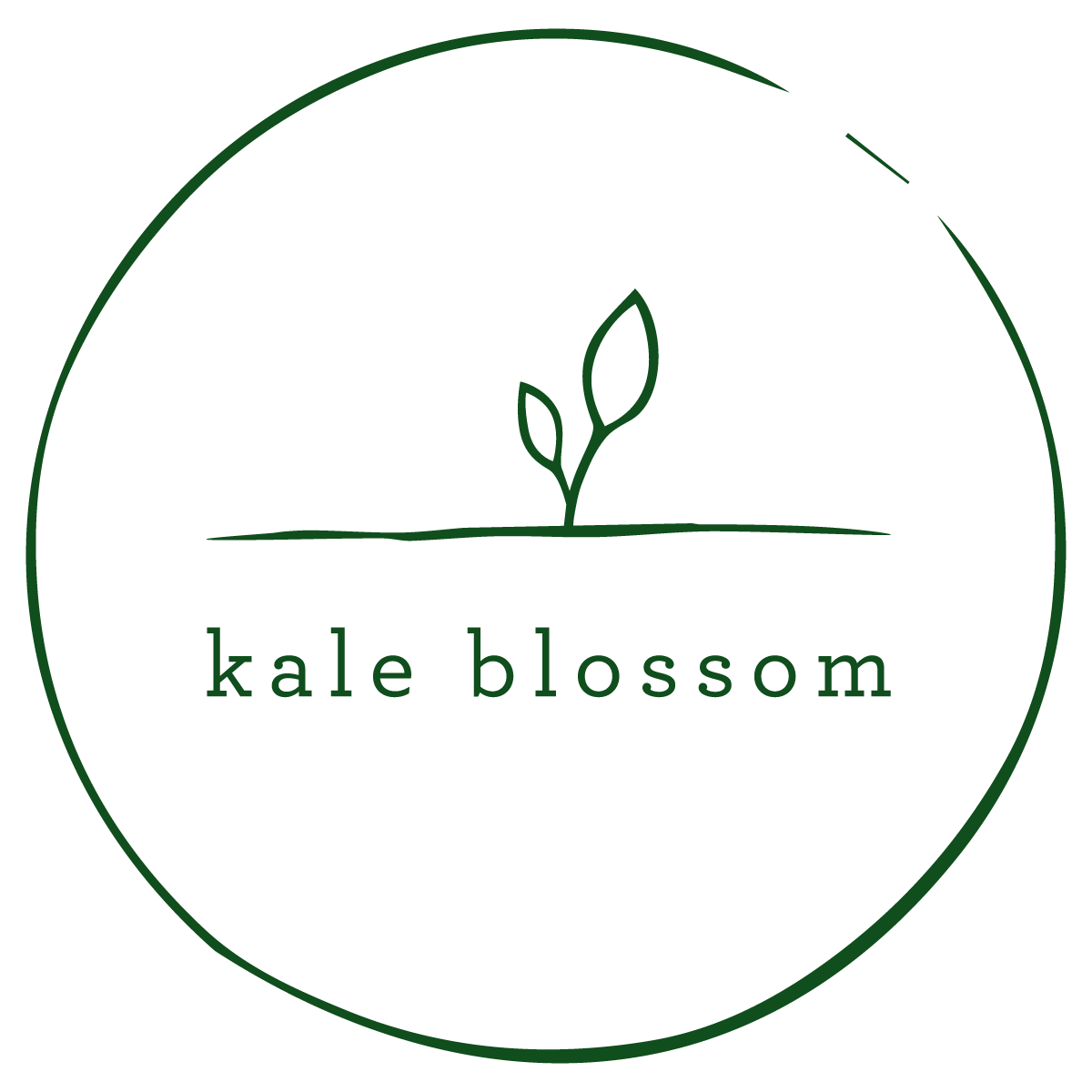Do you ever stand in the grocery aisle staring at a food label attempting to contemplate its meaning? Yup, we’ve been there, too, and we’re here to help!
We’ve taken some of the most common, misleading and confusing ingredients + terms found on food labels and spelled them out in an explanation we can all understand.
Natural Flavors: this is the fourth most common food ingredient listed on food labels! Here’s the FDA-regulated definition: “…the essential oil, oleoresin, essence or extractive, protein hydrolysate, distillate, or any product of roasting, heating or enzymolysis, which contains the flavoring constituents derived from a spice, fruit or fruit juice, vegetable or vegetable juice, edible yeast, herb, bark, bud, root, leaf or similar plant material, meat, seafood, poultry, eggs, dairy products, or fermentation products thereof, whose significant function in food is flavoring rather than nutritional.”
So what does this really mean??!! In layman’s terms, it only requires the flavor to originate from a natural organism. However, not all natural flavors are equal or created naturally. They may still contain solvents, emulsifiers, and preservatives. A natural flavor can still contain between 50- 100 ingredients(!) and still be labeled, “natural strawberry flavor”, for example.
Artificial Flavors: this refers to any flavoring that is not derived from a whole food source, such as a spice, fruit, vegetable, edible yeast, herb, bark, bud, root, leaf or similar plant material, meat, fish, poultry, etc. Both artificial and natural flavors are made in a lab, but artificial flavors are created from synthetic rather than natural chemicals.
Maltodextrin: this is a highly processed, plant-based substance typically made from corn, but rice, potato, wheat or tapioca can also be used. This powder is added to many products to improve consistency, texture, and taste. Maltodextrin has been found to, both, alter gut bacteria and affect blood sugar, as it ranges between 95-135 on the glycemic index.
It is also worth noting that Maltodextrin should be avoided on a gluten-free diet as wheat is a typical constituent.
Wheat-Free vs Gluten-Free: Gluten is a protein found in barley, rye, and wheat. Therefore, if a product claims “wheat-free”, it may not be gluten-free. If a product is labeled gluten-free, the FDA requires that the product contain less than 20ppm (parts-per-million) of gluten. This means that there may be traces of gluten/wheat in a gluten-free product. As a result, it may require a bit of extra investigation into the particular product you are considering. If you’re needing to stay on a gluten-free diet, ‘wheat-free’ products are not necessarily gluten-free – you’ll need to find products labeled ‘gluten-free’.
Friendly reminder that gluten-free does not always equal healthy. Often times, processed/packaged gluten-free products contain a lot of sugar, are high in processed carbohydrates, low in fiber, and are not nutrient-rich.
Natural: the definition refers to “Natural” foods as those that do not contain artificial ingredients or preservatives and the ingredients are only minimally processed. However, they may contain antibiotics, growth hormones, and other similar chemicals. (Yuck!) You can see that “Natural” is a very lenient term.
Non-GMO (Genetically Modified Organisms): this label means that the ingredients used have not been altered from their natural state or enhanced. This term is not regulated by the government, but by a non-profit organization called The Non-GMO Project.
Pasture-raised vs Cage-Free vs Free-Range vs Organic: These terms are most commonly seen when comparing eggs. One may think they mean roughly the same thing, right? Wrong.
Cage-Free: this term simply means that hens are not subjected to the kind of harsh, SUPER cramped environment that a large majority experience. Hens may still live in very large flocks, still remain in close quarters with one another, have poor air quality, and may still not see the outdoors.
Free-Range: Hens must be allowed access outdoors. However, this can still mean cramped living and “access” could also mean a small screen area. Unfortunately, this term can be incorporated very loosely and abused.
Pasture-Raised: hens are given access to an outdoor space (at least 108 sqft per bird) where they can feed on grass, insects, worms, etc. and are let out to pasture in the morning and brought back in the evening.
Organic: in reference to eggs, the USDA states that organic eggs must come from uncaged hens that are free to roam and have access to outdoor spaces. They must also be fed an organic diet of feed produced without conventional pesticides or fertilizers. We love supporting local farmers and neighbors who we trust, and can see exactly how their chickens are managed. With a little investigating, you’d be surprised how easy it is to find delicious farm-fresh eggs close to you.
100% Organic vs Organic vs Made with Organic Ingredients: 100% organic reflects that the product is completely organic or made only from organic ingredients. An organic label means that only 95% of the included ingredients are organic. Made with Organic Ingredients means that at least 70% of ingredients are certified organic, and the USDA organic seal cannot be used.
Grass-Fed and Grass-Finished: the phrase ‘grass-finished’ refers to beef from cattle that ate nothing but grass and forage their entire lives. ‘Grass-fed’ is used to label meat from cattle that were started on a grass diet but have either received supplemental grain feed or are finished on a fully grain-based diet.
No Sugar Added: like us, you’re probably keeping an eye on sugar consumption – SO important! The term ‘No Sugar Added’ means that sugar has not been added to the product. However, this does not mean that the food product is not high in sugar, and can still contain ingredients such as maltodextrin, a highly processed carbohydrate, as explained above. We still favor products with this label, but double check what else may be included in the ingredients! Sugar-free: this can be a tricky one. Although a product may be labeled this way, it does not mean the product is “healthy”. With the removal of sugar often comes the addition of sugar alcohols: low-digestible carbohydrates that can be used in foods as a low-calorie sugar alternative (xylitol, erythritol and mannitol). They’re similarly sweet as sugar, but do not spike blood sugar levels. Common concerns with the consumption of sugar alcohols include provocation of digestive symptoms, and consumption of GMO ingredients.
Some of these definitions still leave us with a raised brow. When all possible, choose whole, unprocessed foods first and support local farms and farmer’s markets. If not an option, do your best to choose products with short ingredient lists that contain whole, unprocessed ingredients with language you can understand. Happy, healthy eating to you!
Sources:
usda.gov





